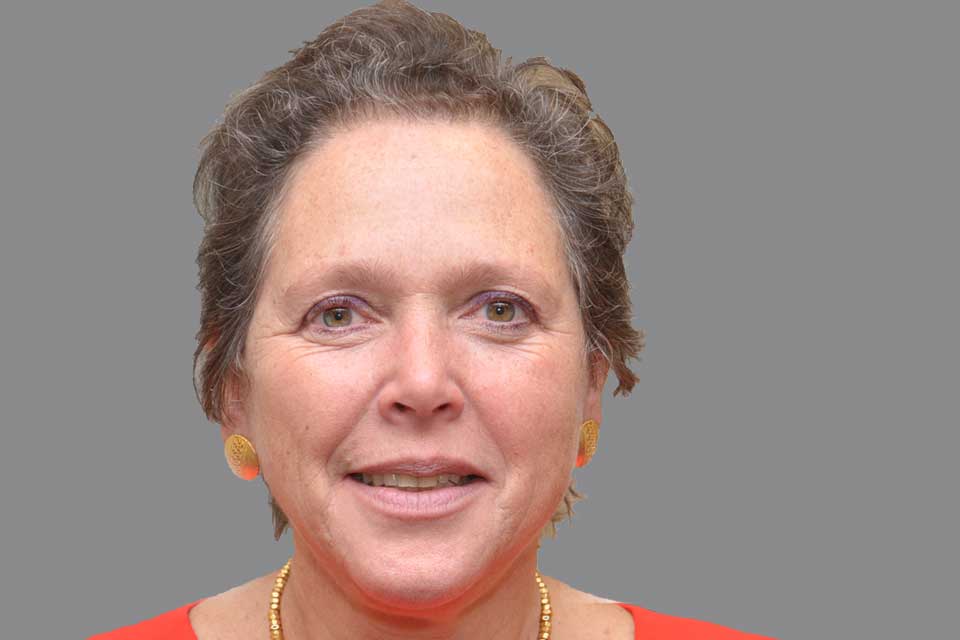Joining up transport
As transport enjoys a higher profile within government, connectivity and integration are at the core of the Department for Transport鈥檚 work.

Good afternoon everyone.
It鈥檚 a pleasure to be here.
And thanks to the All Party Group for inviting me to say a few words today, after which we can open up the discussion and I鈥檒l do my best to answer your questions.
We are now less than 4 months away from the general election.
And the newspaper opinion writers are sharpening their pencils as they prepare to cast judgement on 5 years of Coalition government.
But what will they say about transport?
Well, first I hope they鈥檒l acknowledge that transport has a much higher political profile today than it鈥檚 had in the past.
The Coalition鈥檚 overwhelming priority has always been to build a strong and stable economy.
And from the start we identified transport as a major catalyst for growth, providing the arteries that connect business with markets, and people with jobs.
So the DfT became a core economic department within the Coalition, which has helped us play an instrumental role in the country鈥檚 recovery.
That鈥檚 been reflected in the amount of funding we鈥檙e channelling into transport.
拢70 billion of capital investment over the next Parliament.
拢38 billion to maintain and improve our railway up between 2014 and 2019.
And a 拢15 billion commitment to triple roads spending in England by the end of the decade.
But it鈥檚 not just the amount of investment that鈥檚 changed.
It鈥檚 how that funding is delivered too.
In the past, transport planning has been too piecemeal. Too fragmented.
So instead, we鈥檙e trying to think about transport in a more joined-up way, that reflects how people actually travel.
Which is really what integrated transport is all about.
It鈥檚 just as relevant on big projects as it is on local schemes.
That鈥檚 why 鈥� for example 鈥� we asked HS2 Chairman Sir David Higgins to look at bringing the benefits of high speed rail to the north more quickly.
Connecting the great northern cities through faster east-west links to create a Northern Powerhouse.
And now that route has been mapped out.
But he can鈥檛 develop this line in isolation.
So as part of the so called 鈥楬S2 plus鈥� programme, he鈥檚 working with the Highways Agency, Network Rail, local authorities and business leaders to produce a plan for high speed rail that鈥檚 fully integrated plan with the wider transport system.
Connectivity and integration are key considerations of other schemes like Crossrail, surface access to airports, rail electrification, and station redevelopments like Reading and Birmingham New Street.
The reforms we鈥檙e making to the Highways Agency are also designed to encourage cooperation and more integrated transport planning.
Long term funding will allow the agency to plan ahead with greater certainty as it delivers the UK鈥檚 biggest ever road upgrade programme.
We鈥檙e also encouraging greater integration at local levels.
The Growth Deals under the single pot reforms give authorities the power and money to implement their own integrated transport programmes.
One example is in the Solent, where local transport infrastructure will link with a new junction on the M27 to support new housing developments and connect people with jobs.
Devolution opens up new opportunities for councils, Local Enterprise Partnerships, transport operators and passengers to work alongside each other.
It鈥檚 really just common sense.
By involving different partners, final transport plans will reflect the interests of everyone who uses our roads.
And reflect the way people actually travel.
The DfT鈥檚 鈥榙oor to door鈥� strategy is also encouraging people to think about transport in a more integrated way.
Giving them greater choice about their journeys, and making it easier to pick greener and healthier forms of transport.
We鈥檙e supporting this initiative with record investment in cycling, including our eight cycling cities.
And we鈥檝e provided extra funding for the Local Sustainable Transport Fund, encouraging councils to link up with LEPs and integrate bids.
I鈥檝e spent a lot of time travelling around the country seeing the benefits of a more joined-up approach - such as improved bike facilities at rail stations, better local travel information for passengers, and smart ticketing, so people don鈥檛 have to buy separate tickets for travel on buses, rail, or trams.
So while I don鈥檛 underestimate the challenges ahead, there is fantastic work going on.
And we鈥檝e made big strides over the past 5 years.
Now we have to build on that foundation 鈥� and help deliver a more seamless, co-ordinated and integrated transport system for Britain.
Thank you.